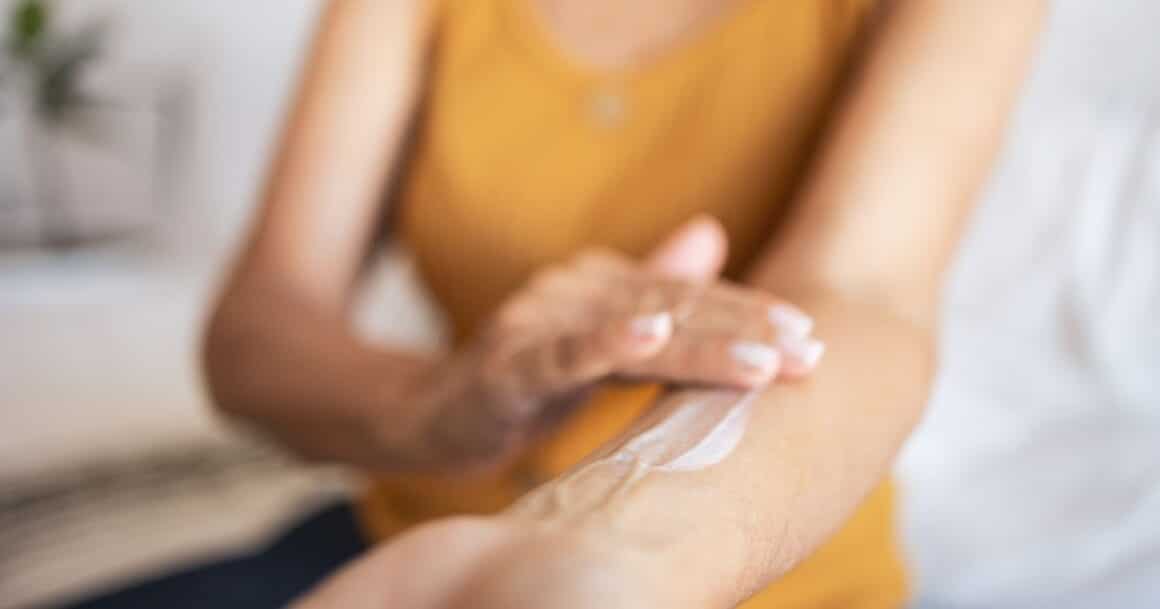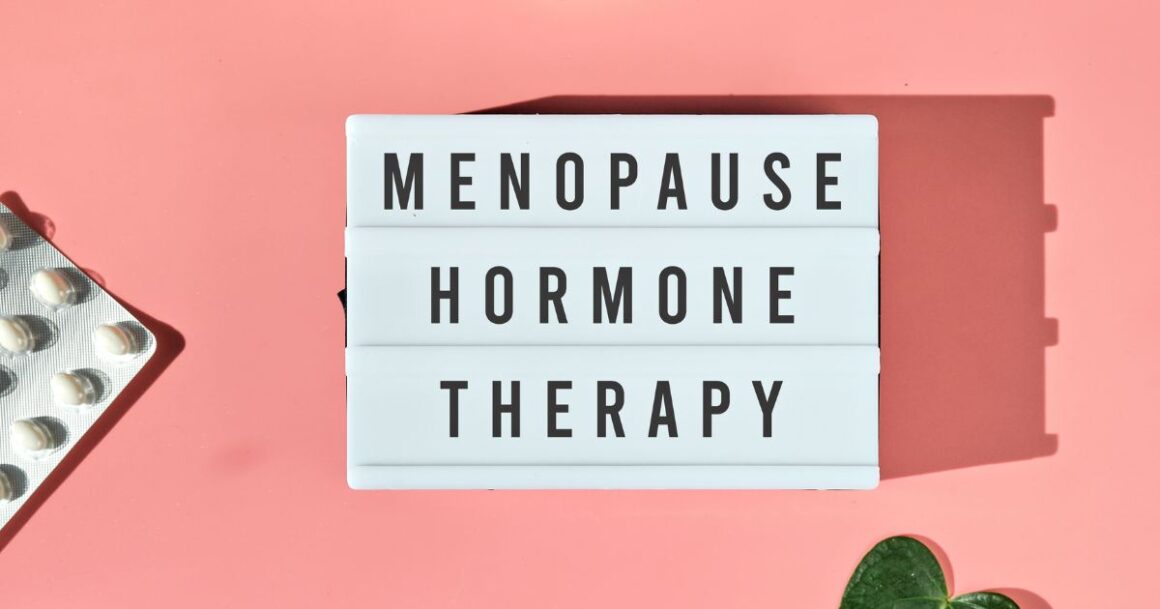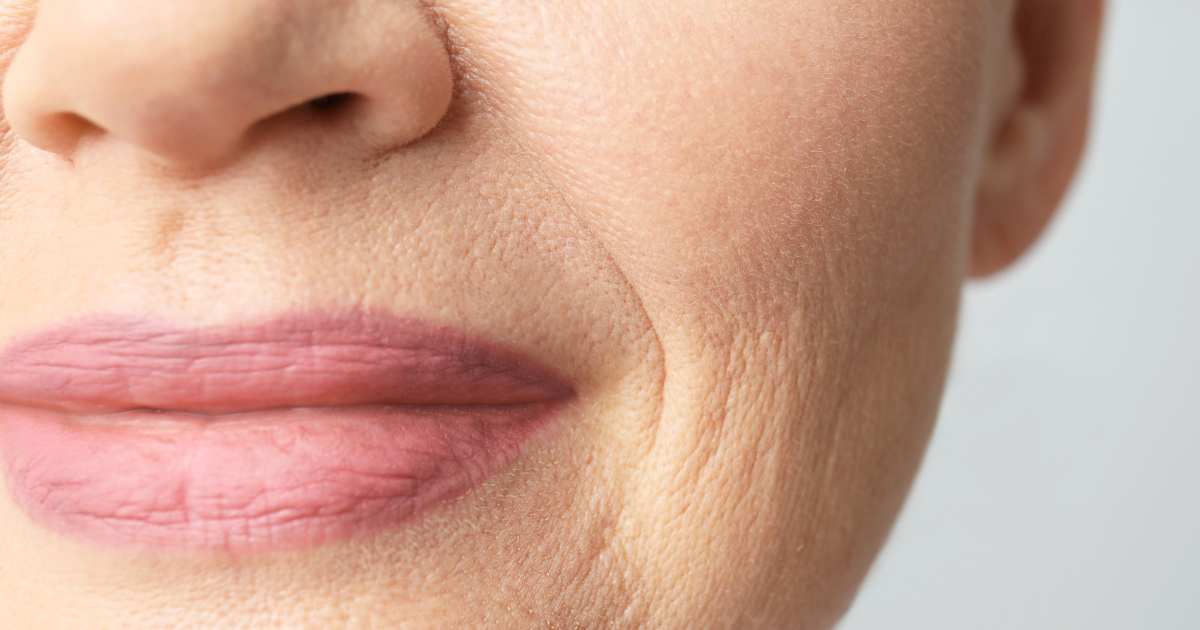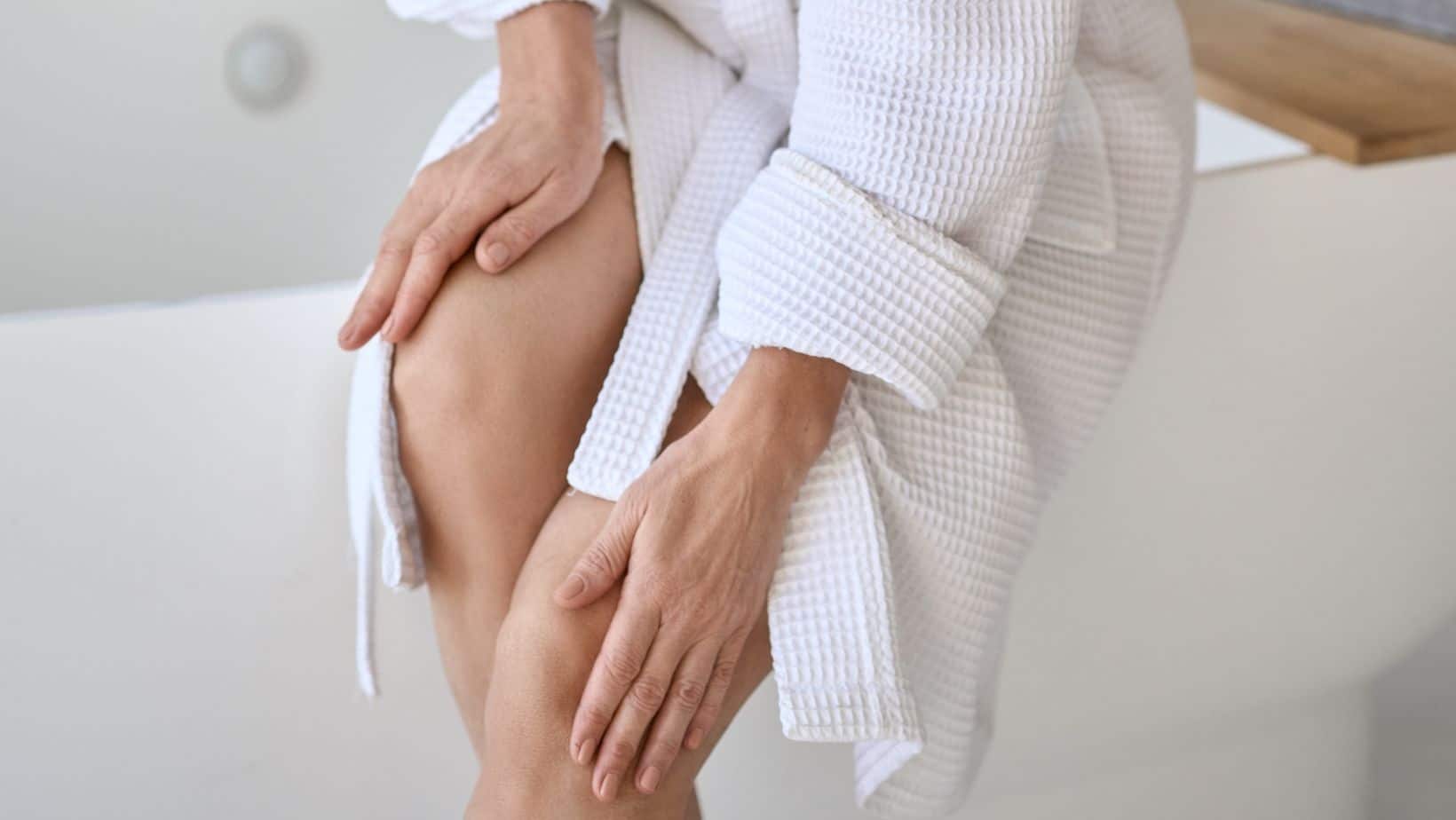Bioidentical Hormone Pellets: My Story with BHRT
BHRT and Bioidentical hormone pellets have changed the quality of my life!
Today I’m candidly sharing my personal experience with BHRT and hormone pellets, hoping my story may help you navigate the wonderful world of hormones. 🙂

BHRT + Bioidentical Hormone Pellets
If you are between the ages of 40 and 55, you’re probably curious about Bioidentical hormone replacement placement therapy or BHRT.
You may be starting to experience perimenopausal or menopausal symptoms, feeling completely out of whack, and you think you should probably get some help.
And, you would be right!
To start this party, let’s talk about hormone imbalance and the differences between perimenopause and menopause.
Remember: I’m not a doctor and don’t pretend to be one on the interwebs. The following information is based on my life experience alone.
Hormone imbalance in women over 40-50
Hormone imbalances are common in women over the age of 40. Many factors can contribute to hormone imbalances, including stress, diet, and lifestyle choices.
As we age, changing hormone levels begin to wreak havoc with our emotions and cause many unwelcome body changes.
The three main hormones are estrogen, progesterone, and testosterone.
- Estrogen. Aside from its importance during childbearing, estrogen helps keep cholesterol in control, contributes to good bone health, and affects the brain (including mood), heart, skin, and other tissues throughout the body.
- Progesterone. Low progesterone levels can cause abnormal uterine bleeding, irregular or missed periods, and spotting.
- Testosterone. Testosterone contributes to a woman’s sex drive, bone density, and muscle strength.
Hormonal imbalances can be the culprits for many negative symptoms that women experience. I know that was true for me.
Symptoms of Hormone Imbalance in Women Over 40-50
What are the symptoms of perimenopause?
Perimenopause usually starts in the mid-forties (it did for me, but everyone is different). Once estrogen levels begin to decline, the symptoms start.
The symptoms of hormone imbalance during perimenopause:
- Periods that are heavier or lighter than usual.
- Irregular periods or skipped periods
- joint pain
- Vaginal dryness
- Hot flashes
- Urinary urgency
- Sleep problems and insomnia
- Changes in mood like irritability, mood swings, and depression
source

Symptoms of Menopause
Menopause is the time that marks the end of your menstrual cycle. Menopause is diagnosed after you’ve gone 12 months without a menstrual period.
The symptoms of perimenopause and menopause are very similar. The only difference for me was the absence of a period of twelve months, which was cause for a celebration!
- Irregular periods
- Vaginal dryness
- Hot flashes
- Chills
- Night sweats
- Mood swings
- Sleep problems
- Mood changes
- Weight gain and slowed metabolism
- Thinning hair and dry skin
- Loss of breast fullness
- Low Libido
source

Perimenopause and Menopause: My Story
I started having horrible perimenopausal systems in my mid-forties, which lasted ten years! Yes! Ten years. It was no picnic.
My symptoms started the terrible PMS, heavy and painful periods, and even a sharp pain during the onset of my cycle that would drop me to my knees. Fun stuff.
As I moved through my forties, the symptoms seemed to multiply by the month.
I started suffering from anxiety and insomnia and even had a rash covering my entire body for over six weeks. In addition, I developed new food allergies and had an average of 9 migraine headaches per month.
It was a miserable time.
As I tried to find help from my doctors, I tried natural remedies.
Natural Remedies for Hormone Imbalances in Women
In the early years of perimenopause, I tried every over-the-counter and natural remedy I could get my hands on to help balance my hormones.
At first, I was so desperate that I hired an herbalist who treated my symptoms with herbs like a tincture that could set your hair on fire. T was terrible! UCK.
Unfortunately, I didn’t feel like the tincture helped me, so I researched myself and headed to the vitamin store.
I think that these supplements helped ease my symptoms. I would highly recommend trying them for signs of both perimenopause and menopause.
Here’s a list of the herbs and supplements I tried:
- Black cohosh helps to balance hormones.
- St. Johns Wart- Helps with depression and anxiety.
- Evening prime rose Can ease hot flashes and breast tenderness
- Wild Yam cream– used to treat menopause and PMS
- Progesterone cream– Helps relieve PMS Symptoms
I took St. John’s wort for years to manage light depression and anxiety that I experienced from hormone fluctuations.
I recommend it, but make sure you read up on its side effects. One of which is sun sensitivity. I suffered a couple of intense sunburns before I figured that out.
I still take evening prime rose for breast tenderness (I sometimes have breast tenderness the first week after pelleting).
It works almost like magic.
Evening Prime rose is also said to help with hot flashes and is worth a try!
Related article: The best supplements for women over 50
Progesterone Cream
Back in my perimenopausal days, I had the worst PMS symptoms, including bloating, breast tenderness, mood swings, and more!
It was the worst.
One treatment that did help a ton was over-the-counter progesterone cream. I slathered the stuff everywhere! 🙂
The cream helped to lessen my PMS symptoms. I highly recommend you give it a try as you investigate BHRT therapies.
Testing for Hormone Imbalance
During those perimenopausal years, I went to several doctors with many symptoms and complaints.
They all ran simple blood panels to test hormone levels and perimenopause that would come back with statements like- “nope, everything looks fine here” or “Wow!
You must have been a late bloomer; your labs look great!” Or “Labs look fine; let’s check again next year.”
Frustrating, to say the least.
That said- back then, hormone imbalance testing was very unreliable. Not to mention expensive!
Find The Right Doctor to Treat a Hormone Imbalance
Finding the right doctor is the key to good treatment!
Do your research, ask girlfriends who they see, etc.
Once you have found a good hormone doctor, make sure you have a list of your symptoms and the medications you take (including over-the-counter), and have done your own research regarding your symptoms before your appointment.
I am thankful for doctors, don’t get me wrong, but they are not God. You must be your advocate.
It wasn’t until I found a good doctor (female, I might add) who listened to my symptoms and ran a saliva test and a lengthy blood panel checking all hormone levels and adrenal and thyroid function.
Those tests revealed that my hormones were completely out of balance.
My hormones were out of balance, showing that I was estrogen-dominant. I was estrogen dominant not because I didn’t have estrogen but because I had ZERO testosterone.
I also had zero cortisol (stress hormone) and was diagnosed with Hashimoto’s disease.
Find a BHRT Doctor Near You
If you are interested in finding a doctor near you that does BHRT pelleting, click here.

Hormone Replacement Therapies
When I started hormone replacement therapy, I tried estrogen and progesterone creams, the estrogen patch, and testosterone injections.
The prescribed creams did not work better than the over-the-counter progesterone cream I had already used. Wanted more relief!
The estradiol patch, along with the testosterone injections, seemed to improve most of my symptoms, which was excellent, but it had adverse side effects.
The Estradiol patch seemed to worsen my headaches, cause skin irritation and weight gain, and my periods were terrible!
Oh, thanks. Close, but no cigar.
When I researched the estradiol patch, I didn’t like the list of potential side effects, not to mention the warnings of breast cancer, stroke, heart disease, etc.
Read this article for more information.
The testosterone injections helped my fatigue, libido, and moods, but I hated doing the injections and felt like I was on a rollercoaster with too many highs and lows.
That’s when my doctor suggested Bioidentical hormone pellets.

What is bioidentical hormone Replacement Therapy?
Bioidentical hormone replacement therapy or BHRT is a hormone replacement therapy that uses hormones identical to the hormones produced by the human body.
BHRT can treat various conditions, including menopause, hypothyroidism, and adrenal insufficiency.
BHRT can also improve mood, sleep, and energy levels.
There are several different ways to administer BHRT, including injections, implants, and creams.
BHRT can be used to treat men and women when their hormone levels drop or become unbalanced. it’s most frequently used to ease symptoms of perimenopause and menopause.
Bioidentical hormones are hormones derived from plant estrogens that are chemically identical to those the human body produces.
Estrogen, progesterone, and testosterone are most commonly replicated and used in treatment.
Bioidentical hormones come in various forms, including:
- Pills
- Patches
- Injections
- Creams
- Gels
- Pellets
What are Bioidentical Hormone Pellets (BHRT Pellets)
A hormone pellet is a small pellet about the size of a grain of rice.
These pellets contain bioidentical hormones found naturally in plant material. Bioidentical hormones are hormones in the same form you’d find in your body.
I like hormone pellets because of the steady release and consistent flow of hormones—no more rollercoaster symptoms for me.
I also like the convenience of hormone pelleting. Pellet therapy lasts three to six months (I get mine every four months)
I receive bioidentical hormone pellets, Estrogen, and testosterone pellets.
Once you find a BHRT doctor you trust, they will start your treatment by evaluating your health history and current symptoms and checking your hormone levels.
Another great thing about hormone pelleting is that your provider can customize a treatment plan for your exact needs—no cookie-cutter dosing.
I require Estorgen, testosteorn and progestrone.
Related Articles:
- How to Make New Friends in Your 50s
- Essentials Every Woman Should Own
- How to Reinvent Yourself at 50
- Morning Skincare Routine for Mature Skin
- The Absolute Best Anti-aging Treatments
- 100 Things to Put in Your Purse
- Best Self-care Ideas for Women
- How to Find Purpose After 50
- How to Look + Feel Sexy Over 60
- Midlife Crisis in Women
My Hormone Replacement Therapy
Here is a brief outline of the hormone replacement therapy I do that works for me. Remember, I’m not a doctor or healthcare pro. This is my personal information. 🙂
Estrogen and Testosterone (Hormone Pellets)
I receive both estrogen and testosterone via hormone pelleting. The exact dose is based on both my current symptoms and lab work.
I also require progesterone, which I take orally.
Bioidentical Progesterone (Compounded in Pill Form)
Because I am also low in progesterone and still have my uterus, it’s important to take progesterone, estrogen, and testosterone.
Taking progesterone keeps me from becoming estrogen-dominant, which can cause terrible side effects and can increase the risk of blood clots, cancers, and heart attacks.
I take progesterone in a pill form compounded at a compound pharmacy. I prefer taking bioidentical progesterone that is compounded rather than synthetic progesterone.
I take my progesterone dose once per day at night. Taking progesterone at night also helps me sleep! Which is a welcomed bonus.
I also take Dim to help metabolize estrogen.
DIM (Diindolylmethane)
Diindolylmethane, or DIM, has been shown to promote a healthy menopausal transition.
In addition, DIM supports estrogen metabolism in postmenopausal women.
DIM helps metabolize estrogen, which keeps me from being estrogen-dominant.
I recommend asking your healthcare practitioner about starting this one. Take 200mg every evening.
FAQs: My BHRT Hormone Replacement Story
Q: What is bioidentical hormone replacement therapy (BHRT)?
BHRT involves using hormones identical to those naturally produced by the body to address hormonal imbalances during and after menopause.
Q: How does BHRT differ from traditional hormone replacement therapy (HRT)?
A2: BHRT uses hormones identical to the body’s, while HRT may include synthetic hormones. BHRT aims for a more natural and personalized approach.
Q: What hormones are commonly used in BHRT for menopause?
Estradiol or Estrogen, progesterone, and testosterone are frequently used in BHRT to address specific hormonal needs during menopause.
Q: Can BHRT help with menopausal symptoms like hot flashes and mood swings?
Oh yeah! In my experience, BHRT does a great job of alleviating menopausal symptoms by restoring hormonal balance, leading to improved well-being.
Q: What is hormone pelleting, and how does it work?
Hormone pelleting involves implanting tiny pellets containing bioidentical hormones under the skin. They release hormones gradually, providing a steady dosage.
Q: Are there risks associated with BHRT?
Yep. Like any medical treatment, BHRT carries potential risks. Consultation with a healthcare professional is crucial to assess individual health and risks.
Q: How long does it take to see results with BHRT?
Results vary, but I usually feel improvement in symptoms within a few weeks to months after starting BHRT.
Can BHRT be customized to individual needs?
Yes, that’s one of the best things about BHRT. Healthcare providers can tailor the treatment to address specific hormonal imbalances.
Q: Are there alternatives to hormone pelleting in BHRT?
Yes.BHRT can be administered through various forms, including creams, gels, patches, and oral medications. Pelleting is just one method (and my fav)
Q: How often is hormone pelleting typically done?
Hormone pellets are usually implanted every 3 to 6 months, depending on individual needs and response to the treatment. I get my pellets done every 3 1/2 months.
Always consult with a healthcare professional for personalized advice and guidance on hormone replacement therapy.
Conclusion: BHRT Bioidentical Hormone Pellets
Hormone Pellet therapy can be a great way to improve hormone balance and reduce the symptoms of hormone deficiency.
I know that the hormone pelleting has been a game-changer for me!
You must weigh your options and work with a qualified medical professional specializing in hormone replacement therapy and women’s health to determine if pellet therapy is right for you.
I hope this article was helpful. Please consider sharing it with your girlfriends and on your social media accounts.
We girls need to stick together.
I wish I had known what I know now about hormone replacement therapy and how to manage perimenopause and menopause.
Are you considering BHRT? What do you think about pellet therapy? Would you consider trying it? Please share your thoughts in the comments below.
Until next time,

I’ve been keeping it real since 1963. 😊
I’m a child of God, devoted wife, proud mama and grandma, full-time creative, domestic engineer, and passionate self-care enthusiast.
I’m purpose-driven and do my best to live each day with intention—whether shopping for treasures, painting in my art studio, digging in the garden, or cooking up something yummy for my family.
I’m always up for a good chat and love collaborating with fellow creatives and brands.
Let’s connect—don’t be shy!








